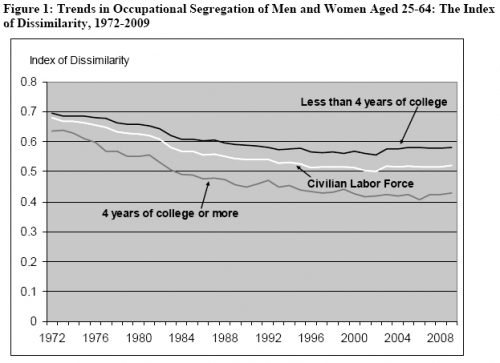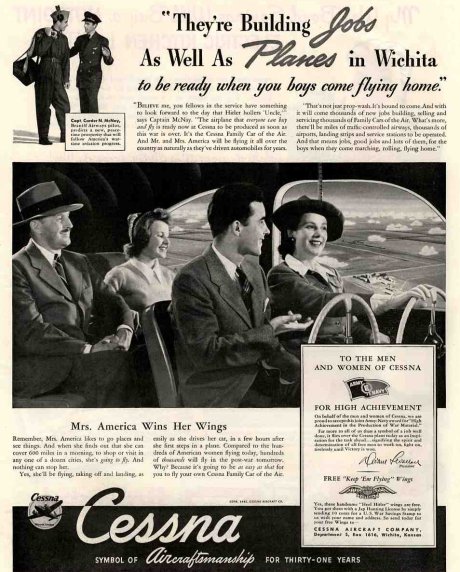NEWS:
Lisa was quoted in an Associated Press article that, much to her chagrin, rather uncritically celebrated the recent rash of untouched photos released by celebrities. You can read it here and compare it to her unfiltered thoughts about it at her own post.
We added a new example of an assignment drawing on Sociological Images that instructors can use. This one asks students to think critically about the whole project and is, thus, very interesting. See #7 of our Sample Assignments.
This is your monthly reminder! You can follow us on Twitter or friend us on Facebook where we update with a featured post every day. We are, by the way, having lots of fun watching reactions to our posts on Facebook. Thanks to all of you who have friended us and contribute to the conversations and the “like”!
NEWLY ENRICHED POSTS (Look for what’s NEW! Apr. ’10):
Neat, Cute, Ew, and Cool
In a comments thread a Reader, ckilgore, linked to her grandma’s cabinet fridge from the ’50s. We added it, along with another example of an ad, to our vintage ad for the same.
We added a picture of pair-bonded female albatrosses to our (adorable) post on gay animals.
Tom M. sent in a billboard for Penthouse features a very suggestive… eye. We added it to our post featuring ads with not-at-all-subtle visual sexual innuendo (NSFW).
I added an image of the Korean peninsula at night, linked in a comments thread by Brendon, to our post comparing the a map of the lights of the world at night and population density.
Race-Related Updates
We added a representation of “users” from WordPress that represented people as coming in different skin colors to our post featuring default avatars.
Jessica S. and Lucia M.M. sent in links to companies selling pretend teepees. We added it to our post on American Indian-themed toys for kids.
Skada sent in another example in which white people are just people but black people are b-l-a-c-k, this time on Netflix.
Gender-Related Updates
We added lollipops, identical deodorants, and disposable cameras to our post on pointlessly gendered products. We also added a new “girl talk” version of Jenga to our post on gendered versions of classic board games. The first two were found by Sunlight Snow and the latter by Kathe H.
We also added a “drama queen” sign for girls to our post on babies’ and kids’ items that reinforce the “girls as spoiled divas” stereotype. Thanks to Coley for sending it in!
Alex N. sent in a Fruit Loops commercial that genders doctors and nurses (in the direction that you would expect) and we added it to a post on that topic.
We updated our post on scrapbooking sticker sets of words about boys and girls with wall decals for boys and girls. In case you didn’t know, boys like hip-hop derived terms, while girls like any and all abbreviations.
Lizz Q. sent us another example of an anatomical illustration that featured a man facing straight forward and a woman posing rather sexily. We added it to our burgeoning collection.
We added another great example of hygiene products being marketed to men by arguing that it enhances, instead of detracts from, their manliness. In this one, sent in by Lucia M.-M., truly manly body wash is contrasted with sissy manly body wash.
Sofia R. sent us another example of Twix commercials that depict men as immature idiots.
We added a third example of shirts being sold in “unisex” and “women’s,” sent in by Mindy J.
Dmitriy T.M., Beth W., Abby D., and Jillian Y. sent in links to a video game called RapeLay. We added it to a previous post on rape-themed video games (TRIGGER WARNING).
Lisa Wade, PhD is an Associate Professor at Tulane University. She is the author of American Hookup, a book about college sexual culture; a textbook about gender; and a forthcoming introductory text: Terrible Magnificent Sociology. You can follow her on Twitter and Instagram.












